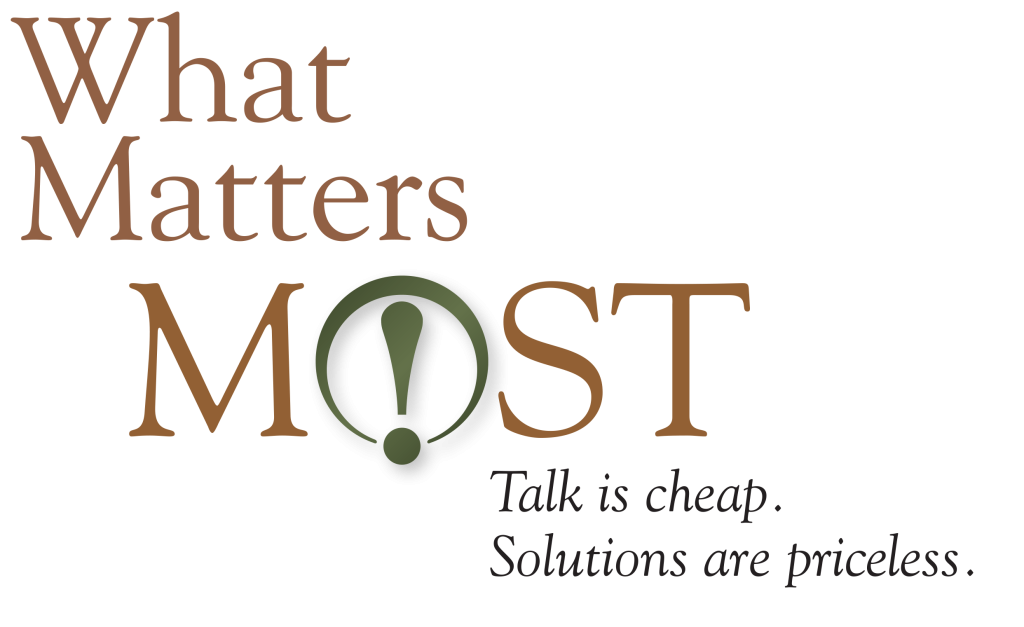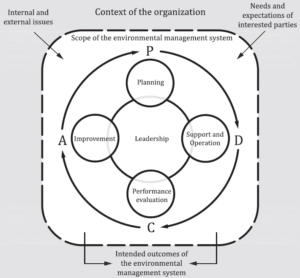Robert Pojasek, Ph.D. | Art Stewart, M.P.M.
If you’re trying to navigate through the maze of issues, internal dynamics and external market factors to determine how your business activities align with established standards for ethical behavior and environmental responsibility, join the club!
Unfortunately, if you looked to two of the leading organizations that are partnered with the large sourcing companies to help suppliers manage their conformance and compliance requirements around environmental impacts, you are not likely to get the most current guidance that will be helpful.
Missing the Mark: Which Standards Make Sense
Sedex and its partner, Verite, have missed the mark when providing information on environmental topics in the Sedex Supplier Workbook(1). The most recent version of ISO 14001:2015 has changed considerably from what is presented by these organizations. The latter standard is very different from the former version and is designed to be used with the International Organization for Standardization’s (ISO) high-level structure. In the Health and Safety area, Sedex uses OHSAS 18001:2007, a national British Standard which is currently being phased out, rather than ISO 45001:2018, which is part of the international high-level structure and internally consistent with ISO 14001:2015 and other similar ISO standards.
 Any new approach to environmental management should include the practices for the Social and Business Ethics sections to align with what is being used by the Global Reporting Initiative (GRI). These frameworks are consistent with the newly published GRI disclosure requirements and should be supported with standards SA8000:2014 (Social Accountability International); ISO 26000:2010 (Social Responsibility Guidelines); and the ETI Base Code Ethical Trading Initiative 2018 version (Sedex is using the 2014 version).
Any new approach to environmental management should include the practices for the Social and Business Ethics sections to align with what is being used by the Global Reporting Initiative (GRI). These frameworks are consistent with the newly published GRI disclosure requirements and should be supported with standards SA8000:2014 (Social Accountability International); ISO 26000:2010 (Social Responsibility Guidelines); and the ETI Base Code Ethical Trading Initiative 2018 version (Sedex is using the 2014 version).
In 2012, ISO rolled out its new High-Level Structure(2) to more than 180 working groups tasked with aligning the frameworks with specific country contexts. This structure not only presents a management system standard with its useful Plan-Do-Check-Act (PDCA) functionality, but it helps integrate and embed management systems into the way the organization operates (click figure below to enlarge).
This high-level structure improves the effectiveness of an organization seeking to operate with no harm to the environment. An overview of the impact of an environmental management system within an organization may be accessed on the ISO website(3).
Addressing the Broadening, Complex Landscape of Risk Management
All the new and revised ISO management system standards begin with the scanning of the external and internal context of the organization.  This is part of a risk management program that searches for opportunities and threats, or what we refer to as the “New Risk Management”(4). This section also explains how the organization should engage with internal and external stakeholders. Since all organizations are inherently different, each one must address environmental management in a manner that best suits their contexts.
This is part of a risk management program that searches for opportunities and threats, or what we refer to as the “New Risk Management”(4). This section also explains how the organization should engage with internal and external stakeholders. Since all organizations are inherently different, each one must address environmental management in a manner that best suits their contexts.
The second element of the high-level structure seeks to identify the “top leader” and make this person fully accountable for meeting all the organization’s conformance and compliance objectives. The other responsibilities of the collective leadership are also identified. In addition, this section also prescribes how to prepare an environmental policy that influences every element of the environmental management system and assigns responsibilities to all the other managers with respect to dealing with environmental impact issues.
 The planning section completes the risk management activity by determining the most impactful opportunities and threats(5). Organizations use the opportunities to offset the threats to their environmental management program. Objectives for the environmental program are presented. All the compliance obligations of the organization must be included within the environmental management system. If the country’s environmental regulations are not protective of the environment or are not widely enforced, the organization can use the risk management activity to determine what initiatives are required of them to close any gaps and avoid having any of their business activities create harm.
The planning section completes the risk management activity by determining the most impactful opportunities and threats(5). Organizations use the opportunities to offset the threats to their environmental management program. Objectives for the environmental program are presented. All the compliance obligations of the organization must be included within the environmental management system. If the country’s environmental regulations are not protective of the environment or are not widely enforced, the organization can use the risk management activity to determine what initiatives are required of them to close any gaps and avoid having any of their business activities create harm.
Nothing Missing: Maximum Traceability, Integration and Scope
All of the ISO standards for Environment (the entire ISO 14000-series) can be linked to the new GRI standards. If your approach utilizes an Ethical Trade SaaS solution, you will have complete traceability to all the corresponding international standards with references, not just the narratives.
While the Sedex workbook specifically mentions energy and greenhouse gas emissions in its Environmental Standards Workbook, ISO does not specify what environmental activities must be addressed for an ethical trading program even though energy and greenhouse gas emissions are included in the overall ISO 14000 family of standards.
 ISO 14001 uses risk management to address potential adverse effects (threats) and potential beneficial effects (opportunities). Within the defined scope of the environmental management system, the organization determines the environmental aspects of its activities, products and services that it can control and those that it can influence, along with the associated environmental impacts within a life cycle perspective(6). There is also a new energy management standard, ISO 50001:2018 (7).
ISO 14001 uses risk management to address potential adverse effects (threats) and potential beneficial effects (opportunities). Within the defined scope of the environmental management system, the organization determines the environmental aspects of its activities, products and services that it can control and those that it can influence, along with the associated environmental impacts within a life cycle perspective(6). There is also a new energy management standard, ISO 50001:2018 (7).
If a company wants to formally address risk management issues, ISO 31000:2018 can be added to the high-level structure. An Ethical Trade SaaS solution will have already incorporated this standard into the management system. The SaaS solution will incorporate the most widely used and current international standards along with the GRI Standard disclosures. Any Sedex information that is not in the standards can be verified in what Sedex provides and inserted into the high-level structure with a reference back to Sedex.
Organizations seeking to more effectively prepare for a Sedex ethical trade audit can take a new approach by using an Ethical Trade SaaS solution to improve their ability for managing the environmental impacts that stem from their direct and indirect business activities. By creating the requisite environmental objectives, and determining the best means for achieving and monitoring them, they will gain greater clarity as to how to work with the Sedex Suppler Workbook. Any independent auditor conducting an ethical trade audit can view the summary information prior to the facility visit to better plan the audit while the supplier organization will have all of the information available to support the environmental and energy elements of the initiative. SIP
Editorial Note:
In this blog article, we are using the environmental area of the Sedex ethical trading approach to illustrate how orderly the program could be if the international high-level structure was also used in the other three streams: labor; health and safety; and business ethics.
By doing so, the four streams can be directly comparable in any organization or supply chain. The high-level structure also allows the supply chain to see important interconnections between the four and to view each participating company facility through its different internal and external contexts as well as its engagement with its unique set of stakeholders.
Risk management is built into the entire SaaS solution's evaluation framework. SIP
- Sedex and Verite. N.D. Sedex Supplier Workbook; Part 3 Environmental Standards.
- Pojasek, R.B. 2017. Organizational Risk Management and Sustainability – A Practical Step-by-Step Guide. Boca Raton FL: CRC Press.
- ISO. 2015. Overview of ISO 14001:2015 Environmental Management System Standard. Geneva: ISO.
- Pojasek, R.B. 2019. How New Risk Management Helps Leaders Master Uncertainty. New York, NY: Business Expert Press.
- ISO. 2018. Risk Management Guidelines. ISO 31000. Geneva: ISO.
- ISO. 2015. Environmental Management Systems – Requirements with Guidance for Use. ISO 14001:2015. Geneva: ISO.
- ISO. 2018. Overview of ISO 50001:2018 Energy Management Systems – Requirements with Guidance for Use.


